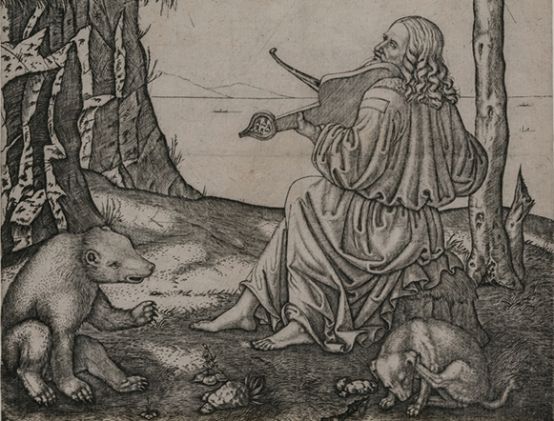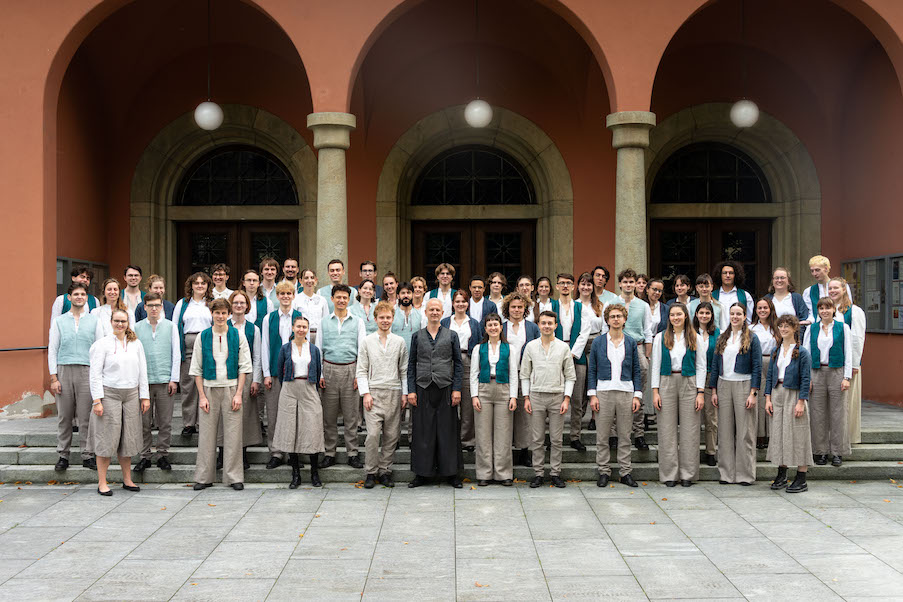Leonardo da Vinci's operas
Olivier Lexa looks at the polymath and his musical and stage skills.

Among the many facets of Leonardo da Vinci's genius, his musical and stage skills are all too often overlooked. This book, published by Editions du Cerf and written by Olivier Lexa, a great connoisseur of Italian music and the history of opera, ideally fills this gap. The universal polymath had not only invented several instruments and studied acoustics and the mechanism of the voice and its projection in depth, he was also renowned in his day as one of the best players of the lira da braccio, with which he improvised while singing. As an organizer of sumptuous shows, he imagined automata and machines that allowed the scenery to be transformed on sight, recreated the curtain and stage frame inspired by the theater of Antiquity, and conceived an innovative scenography corresponding to his dynamic vision where everything proceeds from movement, the principle of all life. Dramatic poems on secular subjects, with accompanied monody, chorus, orchestra, corporal expression, costumes, sets, machinery and lighting, Leonardo's four operatic works, including his last two, can be considered true operas, Danae and the Fabula di Orfeo, free themselves from the context of the representation of power. In spite of the sources provided by booklets, preparatory drawings and period testimonies, the absence of scores and the still too marked lack of interest in Quattrocento theatrical production have overshadowed this important milestone, retaining as proto-opera only the creations of the Camerata fiorentina, a century later. Abundantly documented, this book also addresses Leonardo's literary knowledge (far more extensive than a widespread misconception would have us believe) and philosophical foundations, as well as the stage innovations of his time, and includes sixty full-color illustrations and extensive appendices, including two libretti in extenso.
Olivier Lexa: Leonardo da Vinci. L'invention de l'opéra, 426 p., € 30.00, Éditions du Cerf, Paris 2019, ISBN 9782204134545









